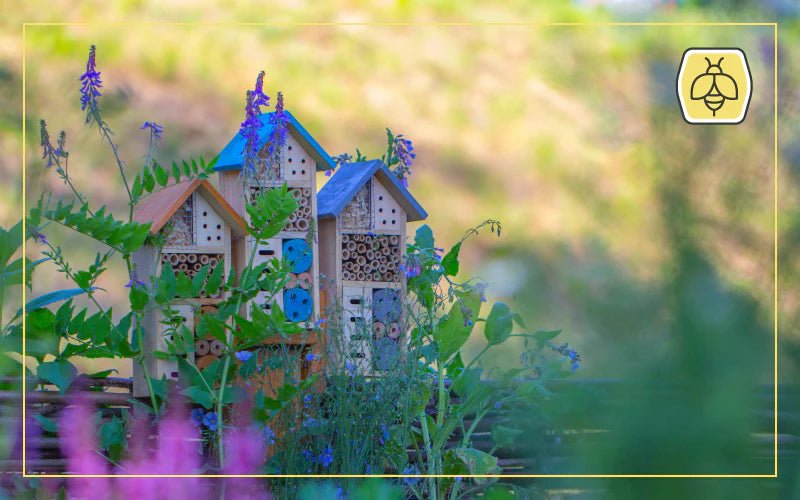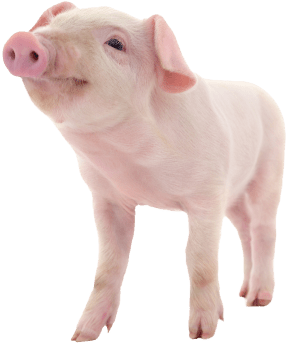
Bee Garden: The Best Plants for Bees
|
|
Time to read 3 min
 You are being redirected to QC Supply Pharmacy, where you’ll find a wide selection of high-quality prescription and pharmaceutical products for animals of all sizes.
Enjoy the same great service and expertise you trust from QC Supply.
Click below to continue shopping.
Continue
No thanks, stay on the main site
Powered by
You are being redirected to QC Supply Pharmacy, where you’ll find a wide selection of high-quality prescription and pharmaceutical products for animals of all sizes.
Enjoy the same great service and expertise you trust from QC Supply.
Click below to continue shopping.
Continue
No thanks, stay on the main site
Powered by


|
|
Time to read 3 min
The health and productivity of your bees are paramount. One of the best ways to support your colonies is to cultivate a garden that provides them with ample nectar and pollen. This guide will help you select the best plants for bees that are both highly beneficial and compatible with various climates.
Every American region has native plants that are particularly adept at supporting native bees and local beneficial insects. Choosing such plants is one of the easiest ways to start your bee garden—they are adapted to the local soil type, climate, and other environmental factors, making them low-maintenance and highly beneficial for your bees.
Goldenrod (Solidago spp.) This late bloomer provides vital sustenance to bees as they prepare for winter.
Joe-Pye Weed (Eutrochium purpureum) These large mauve-pink flower heads bloom from late summer to fall, offering a robust nectar source when other sources may be scarce.
Southern Magnolia (Magnolia grandiflora) Creamy-white, fragrant flowers that attract bees and enhance the aesthetic of any bee garden from spring through summer.
Bee Balm (Monarda didyma) These bright red flowers attract bees and promote colony health during the summer.
Sunflower (Helianthus annuus) Sunflowers are not only visually striking, but their large, composite flowers are excellent for bees, and the seeds can make a great harvest for you in the fall.
Wild Bergamot (Monarda fistulosa) Known for its lavender blooms in mid to late summer, it attracts a variety of pollinators, which can help with hive health and productivity.
Sunflower (Helianthus annuus)
California Poppy (Eschscholzia californica) This drought-resistant plant blooms vibrant orange flowers that are excellent for native bees.
Lupine (Lupinus spp.) With their attractive spikes of blue, purple, or pink flowers in the spring, lupines are excellent for early-season nectar.
Herbs are a homestead staple with various applications, from cooking to home remedies. What’s more, the fragrance of spices and medicinal plants is especially good at attracting bees and supplying them with plenty of nectar. Some of these bee-friendly herbs are also incredible at elevating the flavor of honey, for example:
Lavender (Lavandula spp.) Highly aromatic flowers that bloom for 3-4 weeks in the middle of summer.
Thyme (Thymus vulgaris) A bee favorite, its tiny, dense flowers are a bee favorite for honey production.
Sage (Salvia officinalis) Blooms with nectar-rich blue to purple flowers that bees can't resist.
Lavender (Lavandula spp.)
Incorporating fruit trees and berry bushes into your garden can provide a bountiful harvest for you and a nutritious feast for bees. These plants offer a triple benefit of feeding bees while blooming, providing shade for other inhabitants of the garden, and also producing fruits and berries that can be enjoyed by both you and your bees.
Apple (Malus domestica) Spring blossoms are a great pollen source, while the fruits offer a delicious feast in the fall.
Blueberry (Vaccinium spp.) Early flowers support bees in spring, strengthening colonies post-winter.
Cherry (Prunus spp.) Cherries blossom in early spring, offering a rich source of nectar and pollen.
Raspberry (Rubus idaeus) Go for an everbearing variety to allow your bees to benefit from blossoms and fruit all season long.
Perennials are the backbone of any bee garden due to their long-lasting nature and ability to bloom year after year. The variety of flower shapes in a garden can cater to different bee species, some of which have long tongues and require specific types of flowers to access nectar.
Coneflower (Echinacea spp.) Large, flat flower heads are ideal for bees.
Foxglove (Digitalis spp.) Tubular flowers suit bee species with longer tongues and other honeybee-friendly pollinators like bumblebees and butterflies.
Yarrow (Achillea millefolium) Clusters of small, flat-topped flowers that attract a wide range of pollinators, including bees.
Catmint (Nepeta spp.) Continuously blooms throughout the summer, providing a steady source of nectar.
Coneflower (Echinacea spp.)
Start your bee garden with QC Supply
We have everything you need to help your bees live happy and productive lives. From gardening supplies to hives and frames, browse our selection to find the right tools and parts for your buzzing garden.
Do you have some tips we missed? Drop a comment below. Need further assistance? Give our experts a call today at 888-433-5275.